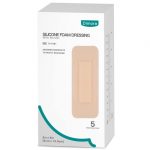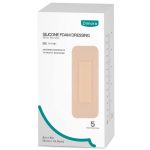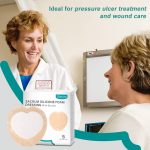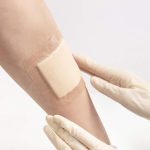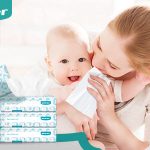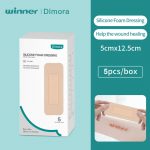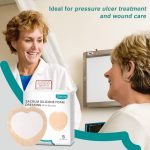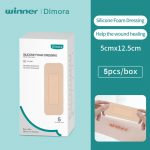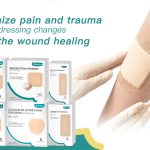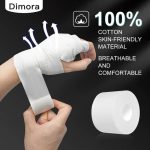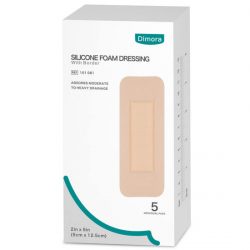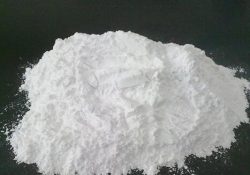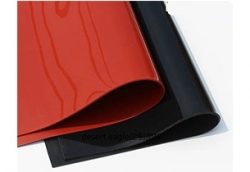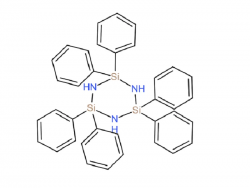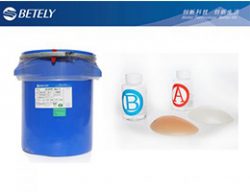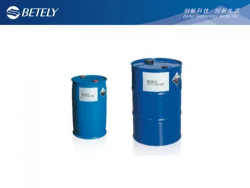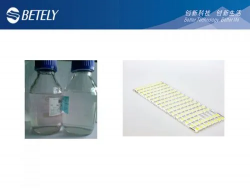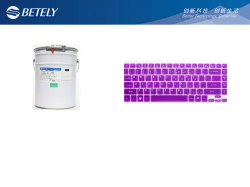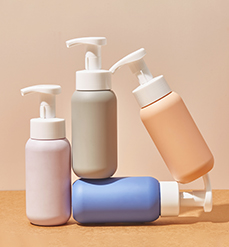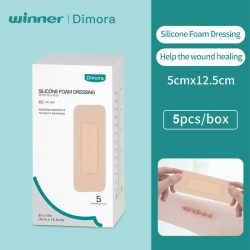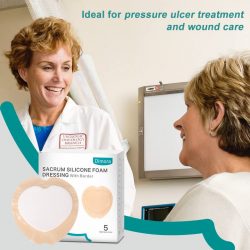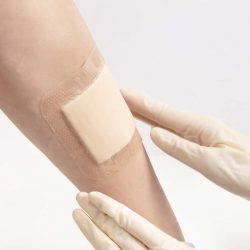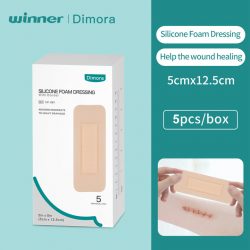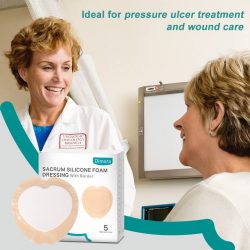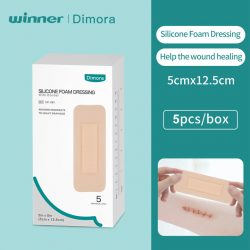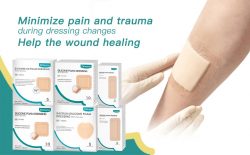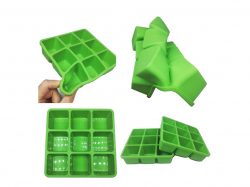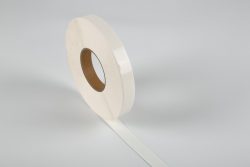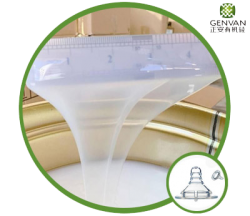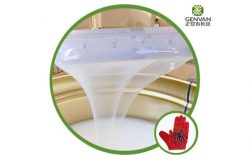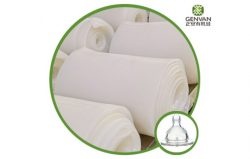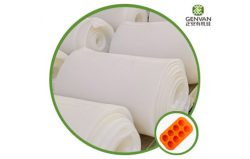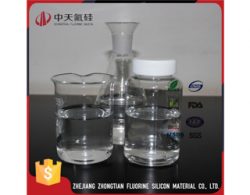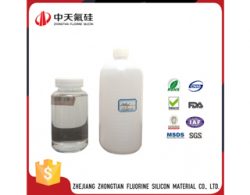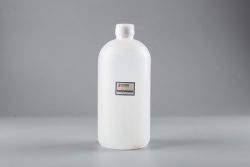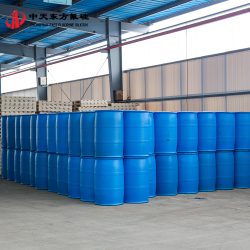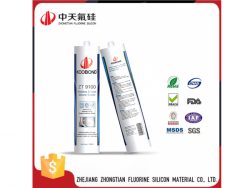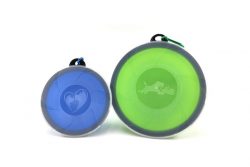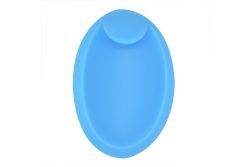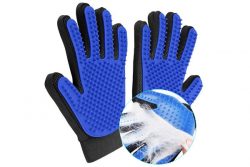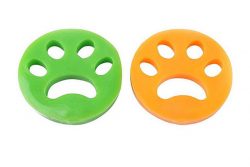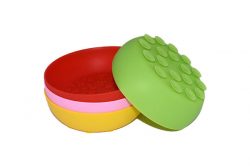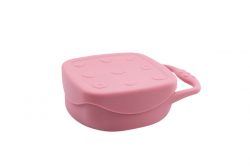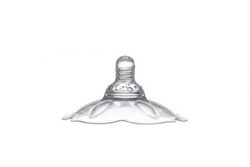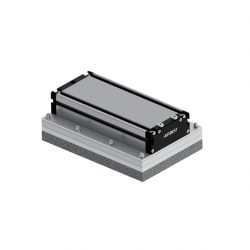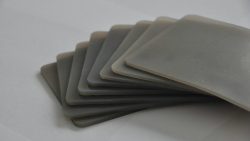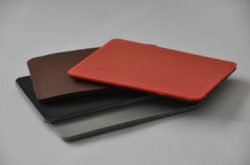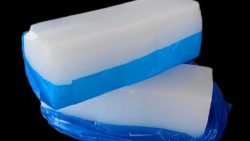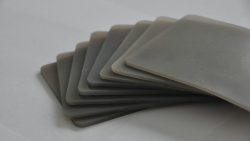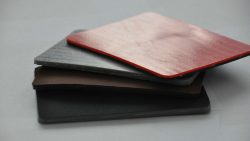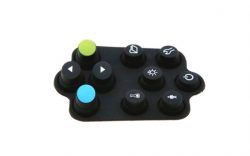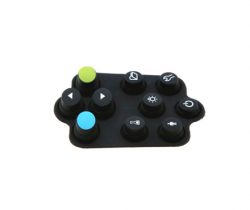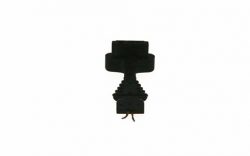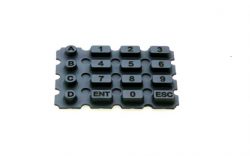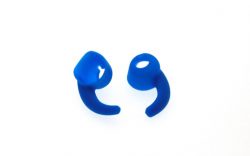Foam Dressing is One of the Most Commonly Used Dressings for Exudate Management
Foam dressing products are easily accepted by patients due to their ease of use and high patient comfort. However, for best results, the caregiver must have the expertise to make a thorough assessment of the patient and wound to select the most appropriate dressing. Successful wound healing requires not only the effective management of the caregiver, but also the improvement of the patient’s own health.
1. Before using foam dressing, the following contraindications and precautions must be considered
(1) Thoroughly evaluate the patient and exclude other causes of increased exudation.
(2) Foam dressing should not be used for dry and necrotic wounds.
(3) If the product is used for too long or is improperly selected, there is a risk of maceration of the surrounding skin.
(4) Skin protection products can be used to avoid the occurrence of surrounding skin maceration.
(5) Inspect the wound for infection or severe colonization, as these causes increased wound exudation. Antibiotics should be used if the patient has symptoms of a systemic infection.
(6) For infected or highly colonized wounds, products containing antibacterial agents (such as silver-containing foam dressing) can be used.
2. The effective application process of foam dressing
(1) Before use, the surrounding skin should be evaluated to decide whether to use skin protection products.
(2) Choose the appropriate size, the absorption part should exceed the wound by about 2 cm.
(3) Select dressing specifications according to the amount of exudate and manufacturer parameters (personal experience is also very important).
(4) When dealing with embarrassing anatomical parts, foam dressing products can be cut, but must be properly fixed. Make sure the size of the cut dressing is larger than the wound area.
(5) Choose suitable products with sticky edges. If using a foam dressing with sticky edges, make sure the dressing is worn long enough, as the dressing’s stickiness decreases over time, reducing the risk of pulling on the skin when the dressing is removed, so avoid frequent stick changes dressing.
(6) For fragile and fragile peripheral skin, a dressing with a silicone adhesive edge can be considered.
(7) The removal of foam dressing should be non-invasive. If the dressing adheres to the wound, the wound bed is not sufficiently moist and the wound should be reassessed.
(8) Foam dressing like silicone foam dressing 4×4 can be used for a long time, and it should be replaced in time when the exudate imprint is close to the edge of the absorption part.
(9) Foam dressing can generally be used for at least 3 days, and the longest can be up to 7 days. If the exudate is excessive, it must be changed daily, preferably a dressing with a stronger absorption capacity.
(10) When removing the foam dressing with sticky edges, be sure not to tear it directly backwards. Instead, you should press one side of the dressing with one hand, and pull the dressing horizontally with the other hand while slowly uncovering the dressing. If necessary, soak with warm water first.
(11) Foam dressing can be used on wound beds with excessive granulation, and the pressure exerted by the dressing can help inhibit the excessive growth of granulation.
There are many types of dressings on the market, and choosing the right dressing is a big challenge for caregivers. Caregivers need to accumulate experience in practice, learn and familiarize themselves with the characteristics of different dressings, and only in this way can help patients achieve the best therapeutic effect.

